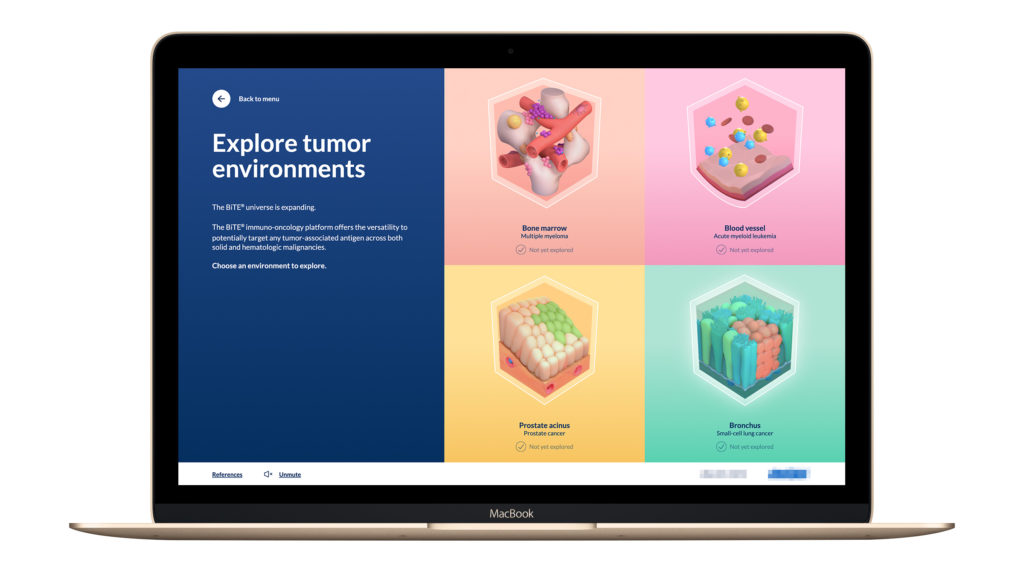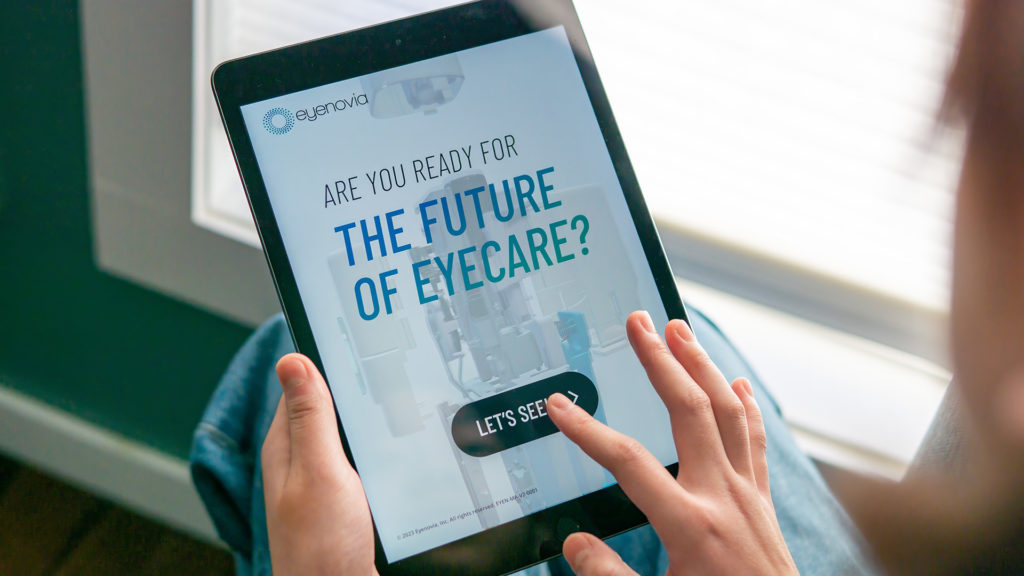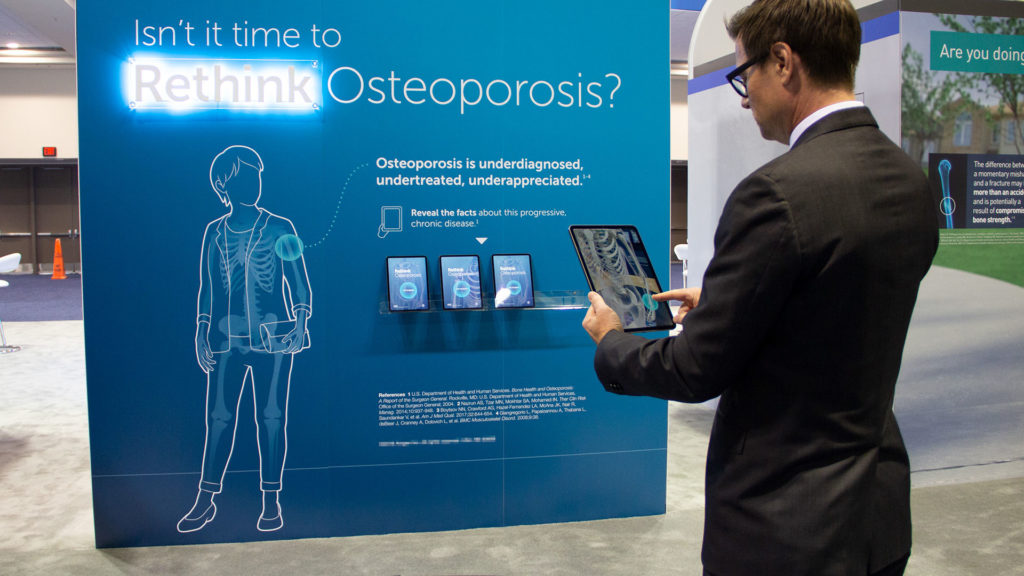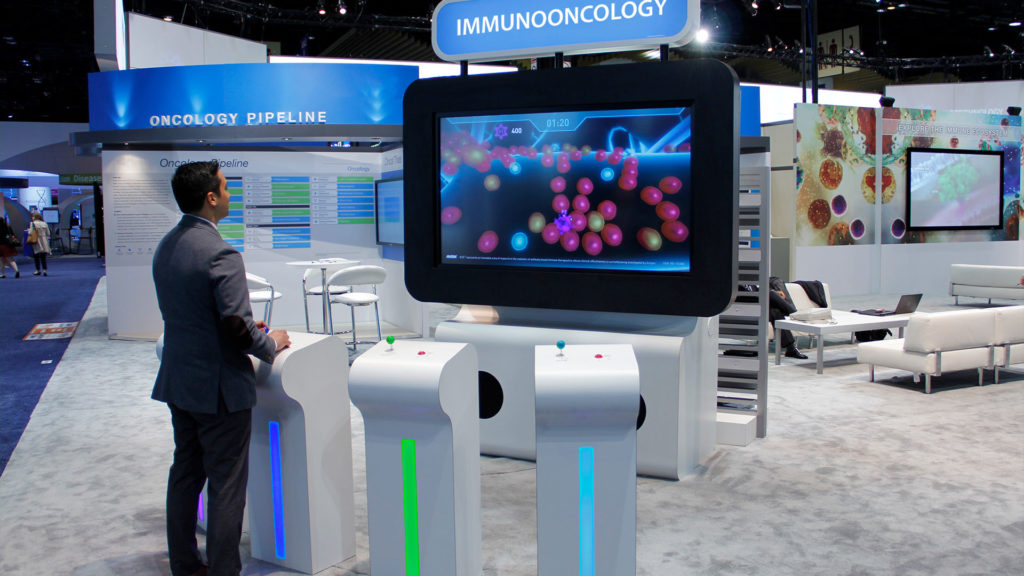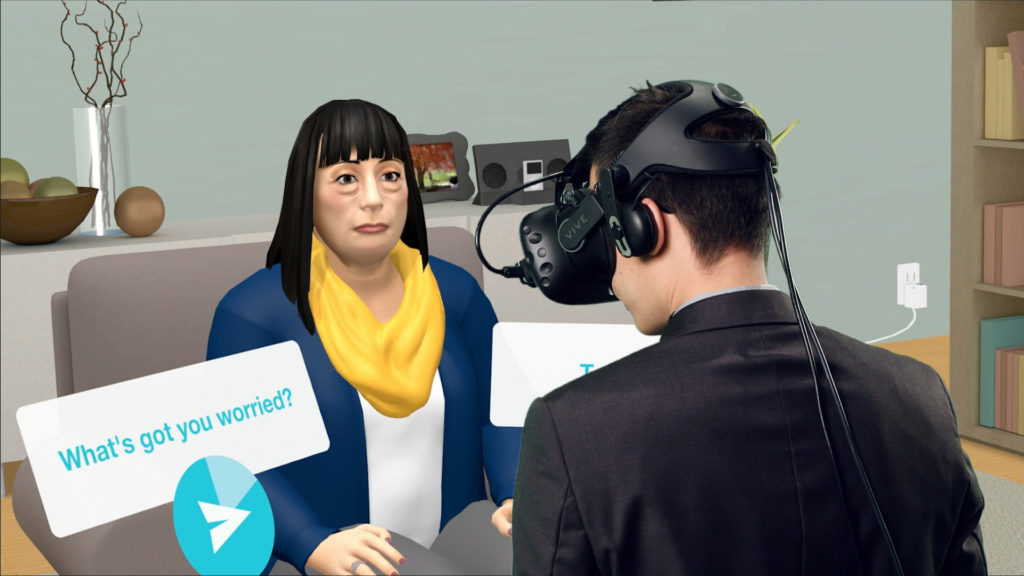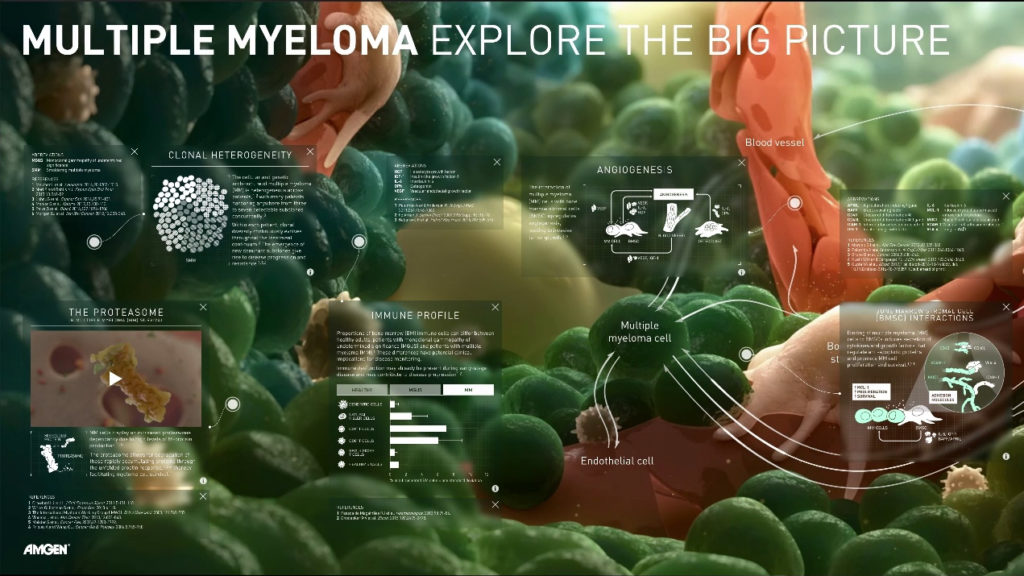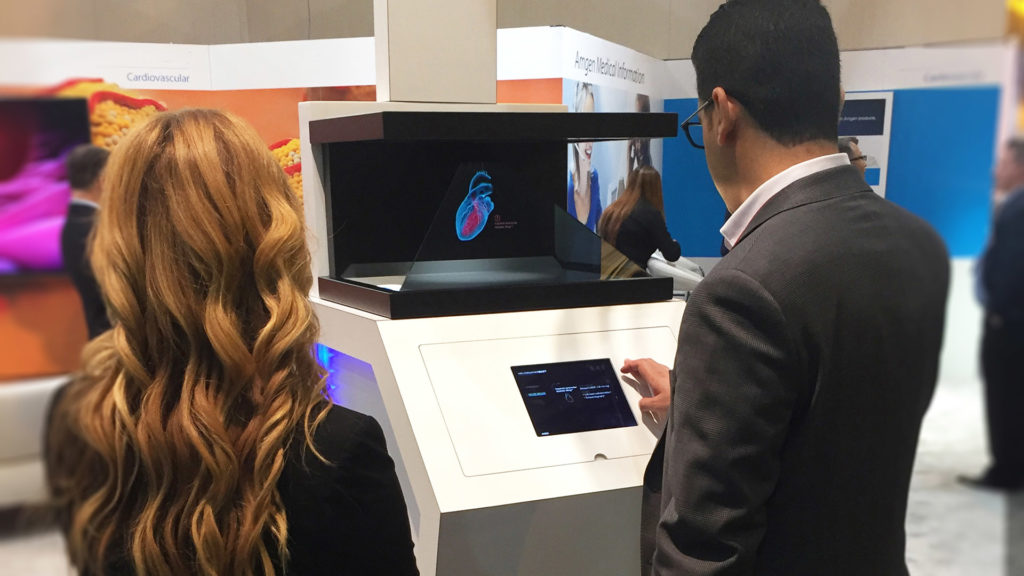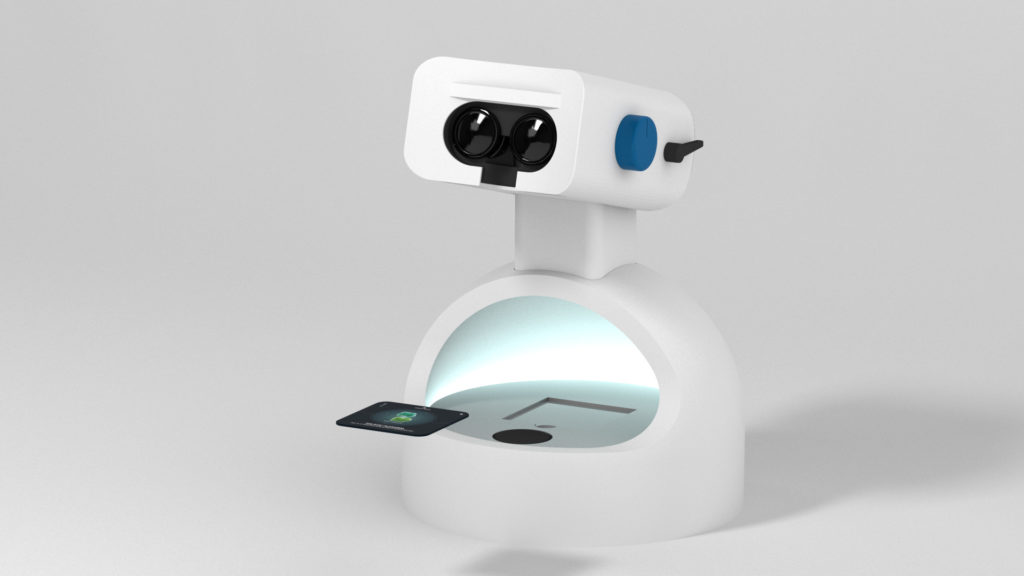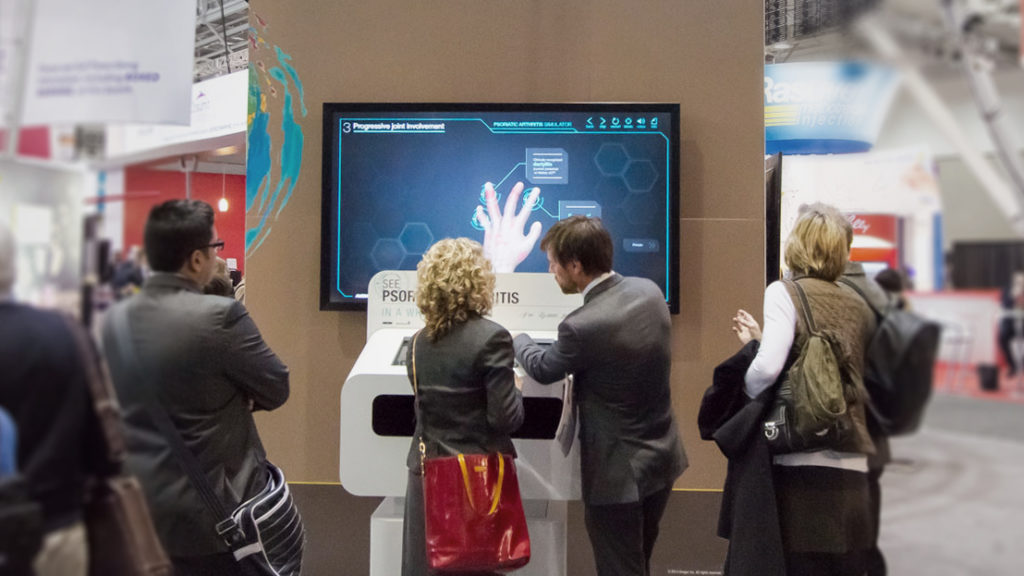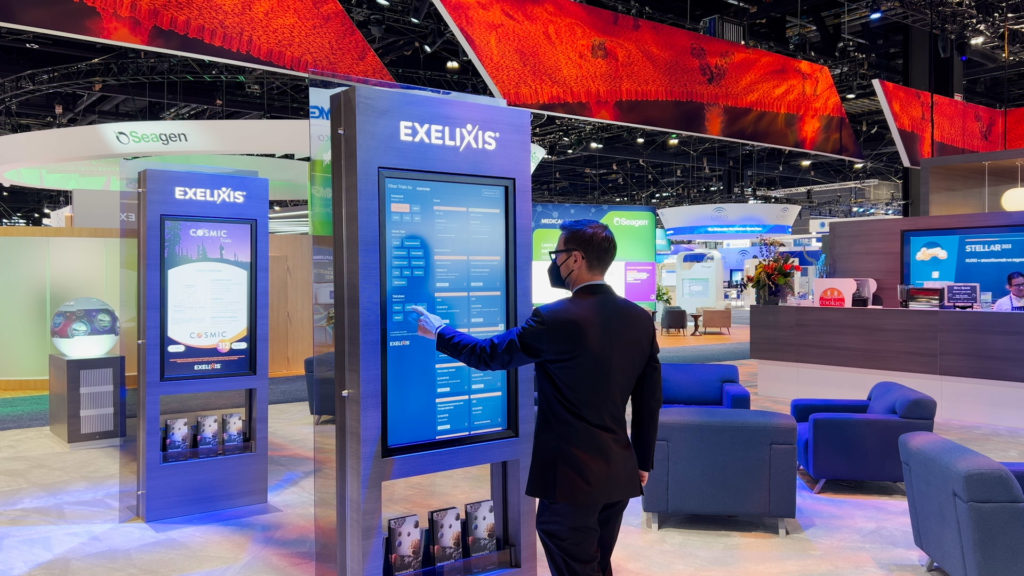
Scientific Conference Content That Connects
Providing Value with Dynamic Booth Assets
Scientific Conference Convergence
Dynamic scientific conference booth content provides an opportunity to connect directly with customers: HCPs, patient advocates and others. The ability to attract and provide value to exhibit booth visitors is key to making these connections. We’ve found that Medical Affairs and Scientific Communications teams can do both by using dynamic graphics and interactivity to present valuable information on their pipeline programs, clinical trials, and disease pathways. It’s also extremely helpful when the assets can be easily updated with your latest scientific content ahead of meetings and adapted to different booth configurations. Planning scientific communication assets with foresight is invaluable to success over their lifecycle.
Created for
Biopharmaceutical
client
Expertise
Content development
Design system
UI & UX design
3D Animation
Web development
Analytics
Booth design, construction, and printed graphics by Slate 360. Technology by D&J Electronics.
First, Provide Value
Attendees will engage with your scientific conference booth content for a number of reasons. Often, it’s to see what’s in your development pipeline and learn about clinical trials, and/or new data. But first, you must get their attention. We’ve had success using motion graphics, or mograph, and 3D animation to turn heads and spark people’s curiosity (for example, the large LED screen above). They are then rewarded with curated pipeline and clinical trial information. For those seeking information on drug mechanisms, an interactive experience like the Pipeline Aquarium (right) makes learning enjoyable and memorable. It’s important for booth visitors to feel they have received value for a small investment of their time.
Design for User Needs
Navigating clinical trial information shouldn’t be difficult or frustrating. Designing a clinical trial explorer around user needs provides busy HCPs with what they’re looking for and won’t tempt them to hit the close button. The interactive Clinical Trial Explorer (pictured below) lets users quickly filter trials by cancer type, trial name and phase, and compound. Trial information, including eligibility, treatment arms and cohorts is clearly summarized in a clean layout. Created as a responsive web app, this tool is used on a medical affairs website in addition to the scientific conference booth kiosks. It was designed with accessibility in mind, being ADA-compliant, with keyboard navigation and screen reader-compatibility.
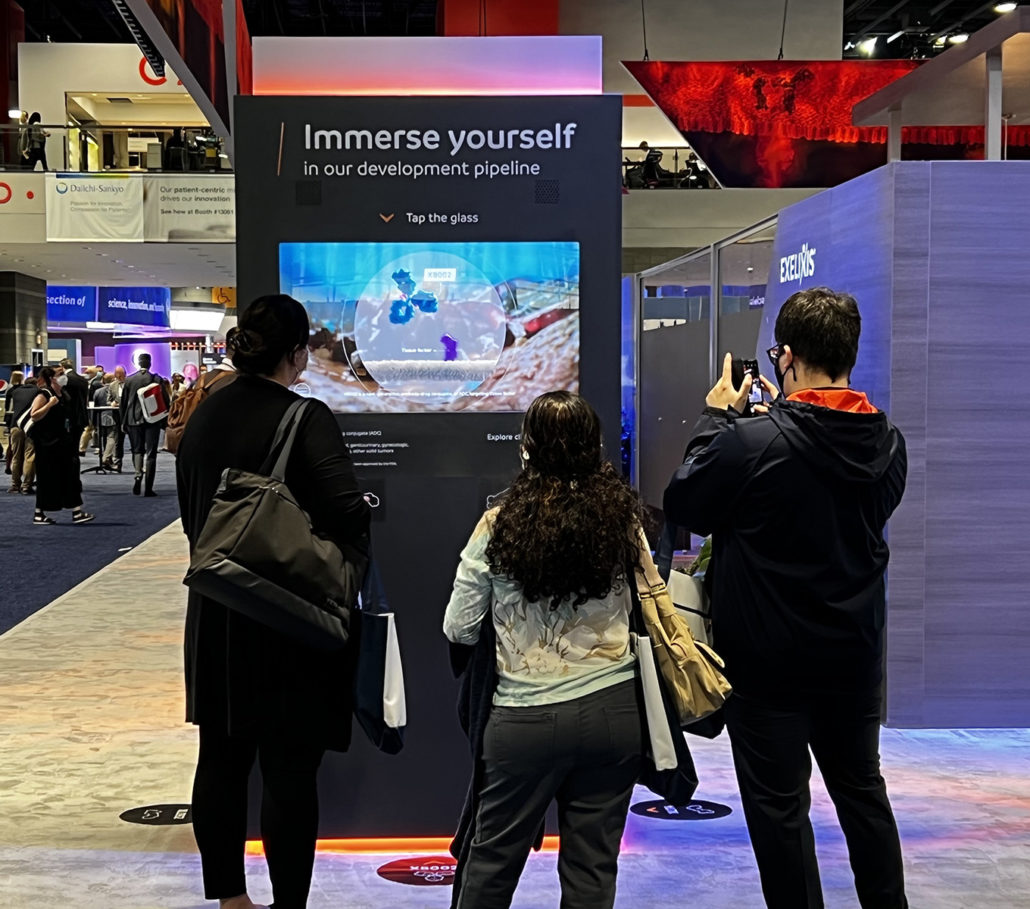
Repeatable Success
Well-designed scientific conference booth assets provide valuable information in an attractive presentation. They start conversations between MSLs and HCPs. To provide ongoing value to the Medical Affairs team, these resources must be easily updated with new information. This functionality is deliberately incorporated at the design stage—whether for a video or interactive asset—so it can be refreshed for deployment to each new scientific congress.
Programming Interactive applications, like the Pipeline Aquarium, to record usage metrics, provides valuable analytics following each conference. Data such as which programs physicians are most interested in and how long users spend interacting with content can inform how Medical Affairs managers focus their efforts. Comparing analytics from multiple conferences can provide additional insights such as how interests vary among different specialist groups.
A consistent look-and-feel to all visual elements in the exhibit booth and beyond is essential as it reinforces credibility and brand awareness. This is achieved with the help of a design system—a set of standards to manage visual consistency across all assets and improve efficiency. The result is visual coherence throughout the scientific conference booth and medical affairs website for scientific content that truly connects.



